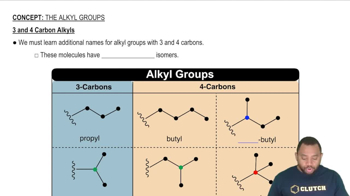Here are the essential concepts you must grasp in order to answer the question correctly.
Acid-Base Reactions
Acid-base reactions involve the transfer of protons (H+) between reactants. In the context of acid rain, which contains sulfuric and nitric acids, these acids react with basic substances like calcium carbonate (CaCO3) found in limestone. This reaction is crucial for understanding how acid rain can lead to the dissolution of limestone.
Recommended video:
Chemical Equations
A chemical equation represents a chemical reaction using symbols and formulas. It shows the reactants on the left and the products on the right, with coefficients indicating the number of molecules involved. Writing a balanced chemical equation for the reaction between acid rain and limestone is essential to illustrate the conservation of mass and the stoichiometry of the reaction.
Recommended video:
Balancing Chemical Equations
Dissolution of Carbonates
The dissolution of carbonates, such as calcium carbonate, occurs when they react with acids, leading to the formation of soluble products. In the case of limestone reacting with acid rain, the reaction produces calcium ions (Ca2+) and carbon dioxide (CO2), which can be represented in the chemical equation. Understanding this process is key to grasping the environmental impact of acid rain on geological formations.
Recommended video:

 Verified step by step guidance
Verified step by step guidance


